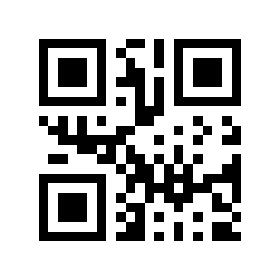

Select the files listed below (as shown on the screenshot) Library/Preferences/SystemConfiguration/ Turn off Wi-Fi and shut down your browsers.But before you begin, I recommend backing up your Mac with the Time Machine.

This step will reconfigure your existing Wi-Fi settings and launch the network experience from scratch.

Running Wireless diagnostics is a good place to start. The Wi-Fi connection on Mac is slow or unstable.The Wi-Fi connection keeps getting lost.Mac is connected to Wi-Fi, but there is no Internet access.Mac doesn’t connect to the internet, but other devices do.The most common symptoms of Wi-Fi problems on Mac are the following: Below I’ll explain what you can do when your Wi-Fi doesn’t connect, or your connection is constantly dropping off. There could be numerous reasons your Mac won’t connect to Wi-Fi: a new software update, wrong Wi-Fi preferences, or several networks conflicting with each other. So when it stops working… we feel lost and out of control. I’m joking, of course! But the truth is, it’s almost impossible to imagine our world without the internet anymore. In the 21st century, Wi-Fi must be added to Maslow's hierarchy of needs as a necessity for humankind, don’t you think? Wi-Fi problems on Mac & how to troubleshoot them But to help you do it all by yourself, we’ve gathered our best ideas and solutions below.įeatures described in this article refer to the MacPaw site version of CleanMyMac X. So here’s a tip for you: Download CleanMyMac to quickly solve some of the issues mentioned in this article.


 0 kommentar(er)
0 kommentar(er)
